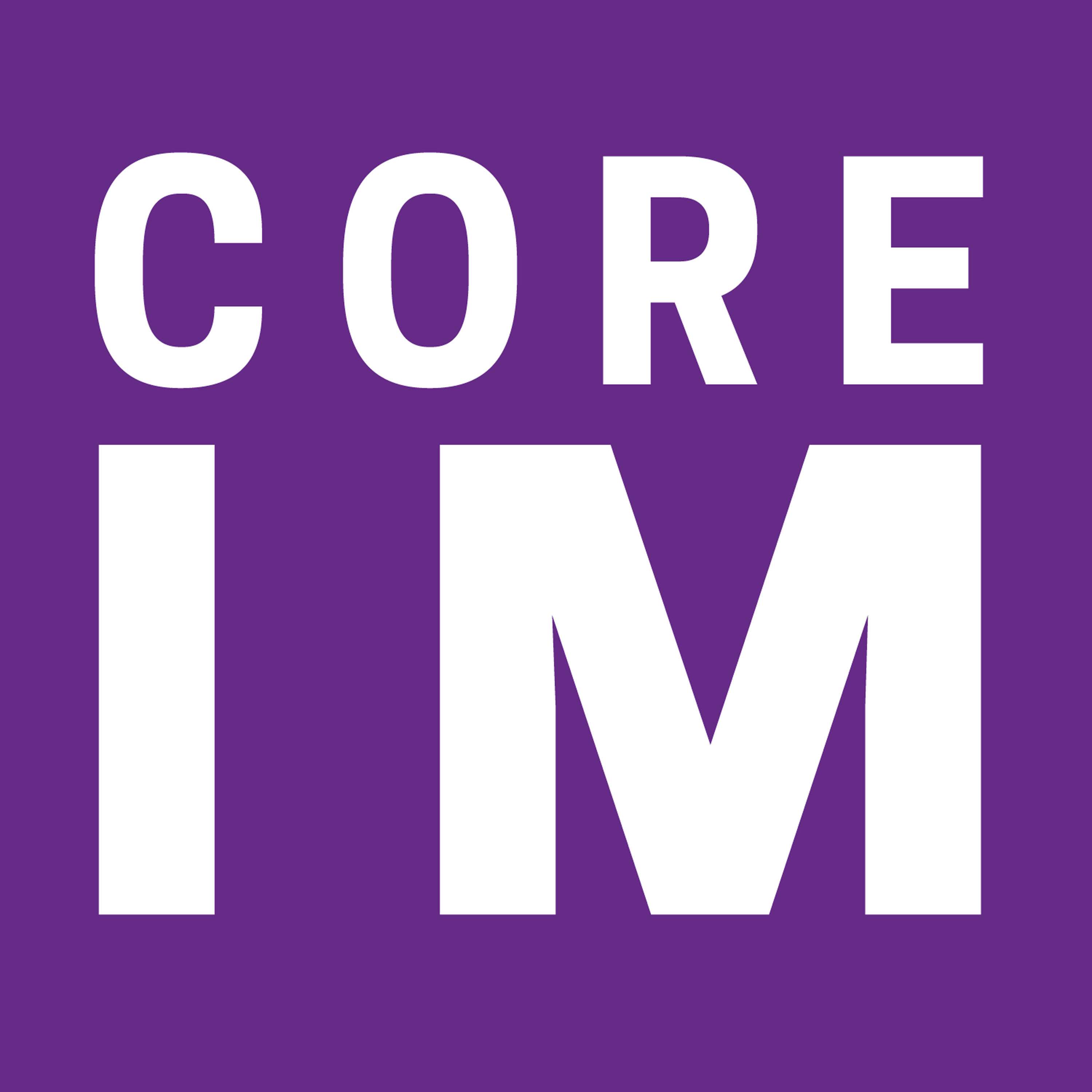Core IM: 5 Pearls on Treatment of Alcohol Use Disorder
Update: 2018-11-07
Description
By Kate Lawerence MD, Marty Fried MD, Irene Swanenberg MD, Shreya P. Trivedi MD || Illustration by Caroline Srisarajivakul-Klein MD || Audio Editing by Harit Shah. Quiz yourself on the 5 Pearls we will be covering:
Throwback: At what levels of drinking does unhealthy alcohol use start, and how do you screen for unhealthy alcohol use? (1:47 )
What does the brief intervention and counseling part of SBIRT entail? (4:43 )
What are the first line medications for AUD, and contraindications to them? (11:11 )
What are the  second-line medications for AUD and their limitations? (18:14 )
What new therapies are being studied for for alcohol use disorder? (22:09 )
* Pearls Recap (25:06 )
Many thank yous for peer review: Dr. Jennifer McNeely Associate Professor at NYU School of Medicine, Dr. Oscar Bukstein, Harvard Professor and Dr. Anthony Accurso from NYU Brooklyn as well as a special mention to Dr. Bill Fuller from Columbia and Dr. Evan Harmon from UVA!
Show Notes
Pearl 1 (Throwback)
Unhealthy alcohol use is a catch-all term meant to describe a spectrum of drinking ranging from risky use to alcohol use disorder. Alcohol use disorder (AUD) is a problematic pattern of alcohol use leading to clinically significant impairment or distress.
Risky drinking is thought of as daily and weekly alcohol limits:
For  men less than 65 years:  more than 4 drinks/day or 14 drinks/week for
For women and men over 65 years: more than 3 drinks/day or 7 drinks/week
The AUDIT-C tool is the recommended screening tool for unhealthy alcohol use.
A single-item screening question has also been validated: how many times in the last year, have you had more than three drinks (four drinks for men) in a day?
Pearl 2
First-line non-pharmacotherapies for AUD are captured in the mnemonic S-BIRT: screening, brief intervention, referral to treatment. It is a comprehensive approach identify and intervene in patient with unhealthy alcohol use. Basic tenets of BI include:
raising the subject
giving feedback about the level of risk
encouraging the patient’s motivation to change, and
setting goals or making a plan to implement that change.
BI alone has not been shown to be effective in patients with alcohol use disorder
Pearl 3
Patients who meet criteria for AUD should be offered medications in addition to non-pharmacologic therapies for treatment
First-line pharmacotherapies for moderate to severe AUD include naltrexone and acamprosate
Common side effects for naltrexone are largely gastrointestinal, and include abdominal pain, nausea, and diarrhea; naltrexone is contraindicated in patients with cirrhosis or who are actively using or at high risk for using opiates
Acamprosate requires three-times-a-day dosing, and is not for use in patients with ESRD or CrCl<30; neuro-pysch side effects in including suicidality may also limit its use
Pearl 4
Second-line pharmacotherapies include topiramate and gabapentin
Their well-known side effect profiles (including memory impairment and somnolence, respectively) at the doses required to achieve efficacy may hinder their broader use in the outpatient setting
Pearl 5
Novel therapeutic options currently under investigation for AUD include neuromodulation, nalmafene, and psychaedelics
Neuromodulation, such as deep brain stimulation, is thought to work on the nucleus accumbens to target centers of reward behavior and reduce cravings
Nalmafene is a long-acting k-opioid antagonist which is used in Europe
Psychedelics like psilocybin and LSD are experiencing a resurgence in the study of a variety of diseases,...
Comments
In Channel





